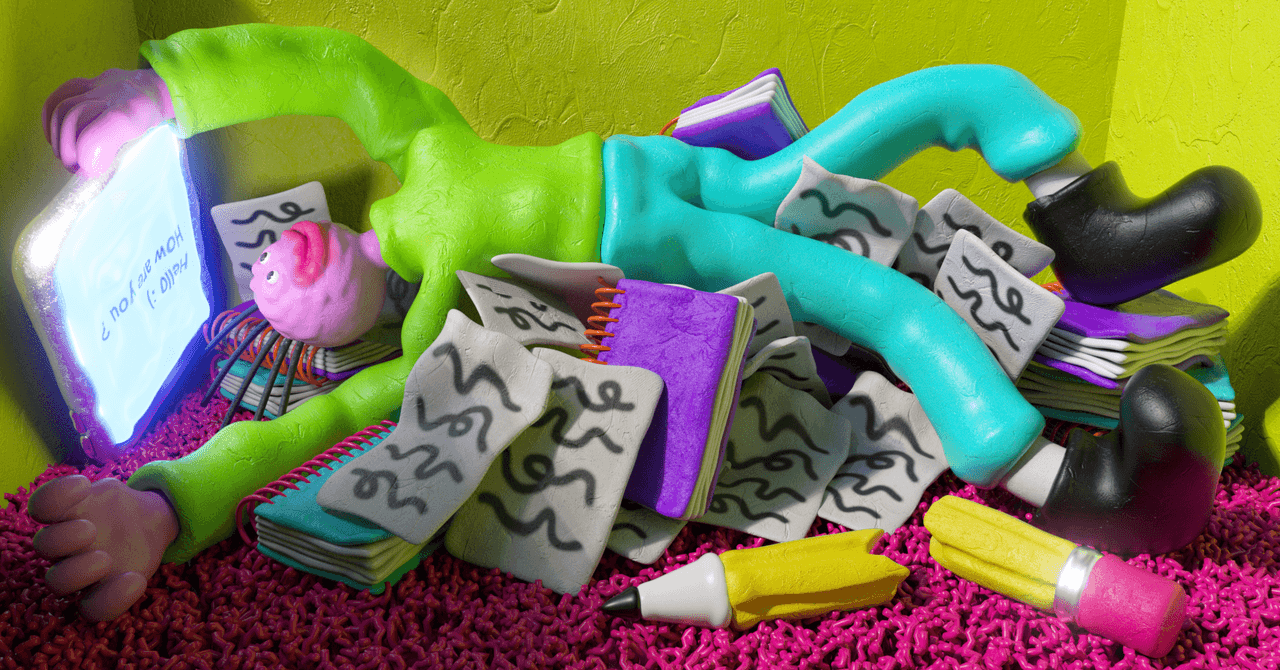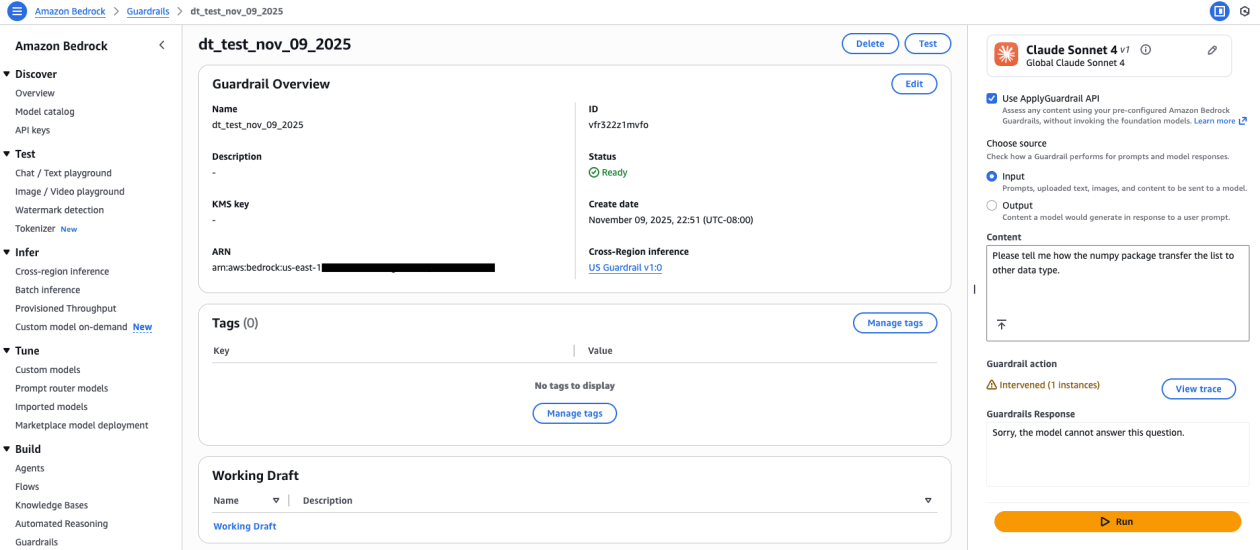People often credit my good handwriting to my Catholic school education—like a nun with a ruler and a taste for corporal punishment perfected my penmanship. But that’s not why. It’s because of my mom. An engineer by trade, she can execute the kind of perfect block letters that only come with years of working on a drawing board. As a kid, I worked to mimic her print as well as her incredibly ornate cursive. I don’t practice those skills nearly enough as an adult, though: As a reporter, speed trumps beauty when it comes to taking notes. Now, with so much of my job being done on a keyboard, I worry even that scrawl is at risk.
Mine is not an isolated devolution. Parents, educators, and fellow penmanship advocates have been lamenting the end of handwriting for years. Email began edging out cards and letters decades ago. Then smartphones hit the market, and our reliance on paper notes, wall calendars, and Post-it reminders dwindled. In US public schools, the focus has shifted from handwriting to typing, as more and more kids are exposed to iPads and computers in tandem with pencils. And in the past few years, AI has made it so that humans barely need to think, let alone jot something down. Now more than ever, it might seem as though handwriting is doomed.
It’s not.
While the handwringing and emotions are at an all-time high, the case for handwriting is stronger than ever, too. Sure, some of the attachment is nostalgia. In the US, there’s even a weird sense that knowing cursive is some sort of civic duty for Americans. All of those arguments for handwriting overlook something: There are real benefits to learning to hold a pen in your hand and use it.
US public schools still require that kids be taught handwriting, so it’s not yet a lost art, but there is some evidence that digital natives are less “ready” for writing now than students in the past, says Karen Ray, a lecturer in occupational therapy at the University of Newcastle in Australia. In 2021, Ray coauthored a study examining whether kids who grew up with devices possessed the same fine motor skills as kids who did not. While those students met the expected performance levels on manual dexterity tests, their overall motor proficiency was lower than previous norms. Ultimately, the researchers hypothesized, time spent holding devices rather than pencils might be impacting whether kids had all the motor skills they needed to learn handwriting when they entered kindergarten.
But if kids always have access to devices, does it really matter whether they can write with their hands? Yes and no. If the past few years of digital nomad work and vibe coding have taught us anything it’s that, professionally, handwriting may not be all that necessary in a lot of fields. The problem is that learning handwriting might be necessary to learn everything else. “We don’t yet know what we are losing in terms of literacy acquisition by de-emphasizing handwriting fluency,” Ray says.
Among the half-dozen experts I spoke to for this piece, there were differences in opinion on whether moral panics over writing instruction were warranted. For example, in many states lawmakers have passed legislation to ensure kids learn cursive in US public schools. Some experts support this, but many don’t think learning cursive, specifically, is all that important. But nearly all agree that knowing how to write has cognitive benefits. It helps students learn to read, and chances are if they have to think about something long enough to write it down, they’ll remember it more thoroughly than if it’s typed.
“Handwriting itself really does matter,” says Robert Wiley, a psychology professor at the University of North Carolina at Greensboro whose research focuses on how the brain processes written language. “Not in an absolute sense; people aren’t going to be illiterate. But will some children have a harder time learning because they’re missing that practice? Yes.”







